If you’re a fur parent, you probably know how wonderful it is to have a dog as a pet. They’ll give you unconditional love, offer you emotional support, and they’re just good for your health, all while not requiring much from you. But in every dog owner’s journey, there’ll always come a time when it’s your furry friends who need your help, especially when they’re sick or suffering from an illness.
Common Skin Issues In Old Dogs
Skin diseases are one of the most common illnesses dogs go through in their lifespan. And the older they become, the more susceptible they are to these. The most common reason for skin problems in dogs is fleas and ticks, which are almost impossible to get rid of. That’s why most dog owners consider investing in anti-flea solutions such as flea shampoo and a flea collar for dogs.
However, older dogs are more susceptible due to their weakened immune system brought about by advanced age, so it’s important to notice and treat them as soon as possible. Skin issues in old dogs can imply other underlying conditions, but they’re easily detectable if you’re well-informed. Hence, it’s important to understand what they’re like and how you can manage them.
Below are some of the most common skin issues in old dogs that you need to know:
1. Itching
For owners of aging dogs, itchy skin, also known as pruritus, is a typical issue. It’s when dogs scratch repeatedly for longer periods. It could be due to something as basic as dry skin, but it could also mean serious ailments like allergies, hypothyroidism, or Demodex mites, among other disorders.
2. Inflammation Or Redness
Dermatitis, also referred to as skin inflammation, is frequently linked to issues involving the liver, kidney, and pancreas. Liver illness and diabetes in older dogs can destroy skin tissue, also known as superficial necrolytic dermatitis. Redness, crusting, fluid leaking, and hair loss on the footpads, face, genitals, and lower legs are indications of this skin disorder.
3. Scaling
In senior dogs, scaling happens because of the changes they experience as they age. Scaly patches are caused by other underlying issues such as vitamin deficiencies, infections, allergies, an infestation of parasites, hormonal abnormalities, and congenital anomalies.
4. Hair Loss
Hair loss in older dogs could be caused by a variety of factors. It could be a natural symptom of aging or it could also be the result of your dog licking, nibbling, and scratching the same region so frequently that they tear their hair out. Other times, hair loss happens because of more serious diseases such as alopecia and Cushing’s disease. It may begin as a single bald patch or as a gradual thinning of the fur.
5. Tumors or Lumps
There are several types of lumps in dogs, but the most common are fatty tumors. Fatty tumors are benign, and they occur as a natural part of aging in elderly dogs. They usually appear around the ribs, but they can also appear elsewhere.
Meanwhile, tumors can be malignant and, if untreated, could result in fatality. Mast cell tumors are the most prevalent type of skin cancer in dogs. Some of the less harmful types are called sebaceous cysts, warts, and abscesses. Tumors can be caused by parasites, irradiation, viruses, hormones, genetic predisposition, and chemicals, among other things.
Managing Skin Issues In Old Dogs
The initial step to manage or treat your dog’s skin condition is to identify and understand it. To do so, you must first consult a veterinarian who’ll examine your pet’s symptoms as well as diagnostics such as skin scrapings, allergy testing, and microscopic assessment to establish what type of skin ailment or any possible complications they’re likely suffering from.
Treating parasites like fleas and ticks has become much more manageable in the past few years. You can consider using oral or topical medication for your dog or other preventative products, which should keep your dog from having these pests.
Controlling your dog’s allergic reactions depends on the type of allergy your dog has. Food allergies may need a particular diet while environmental allergies can be controlled through medication or allergy serums. For malignant tumors, surgery, radiation therapy, immunotherapy, and chemotherapy are some of the treatment options. As always, seek expert medical advice.
Conclusion
Most skin disorders among canines can be controlled if identified early, but skin problems among old dogs should be examined by a veterinarian immediately to avoid complications as well as to prevent the condition from worsening. Consider the ideas mentioned here as you take good care of your pet.

Related Articles:
Did we answer all your questions on "Dog Skin Issues"?

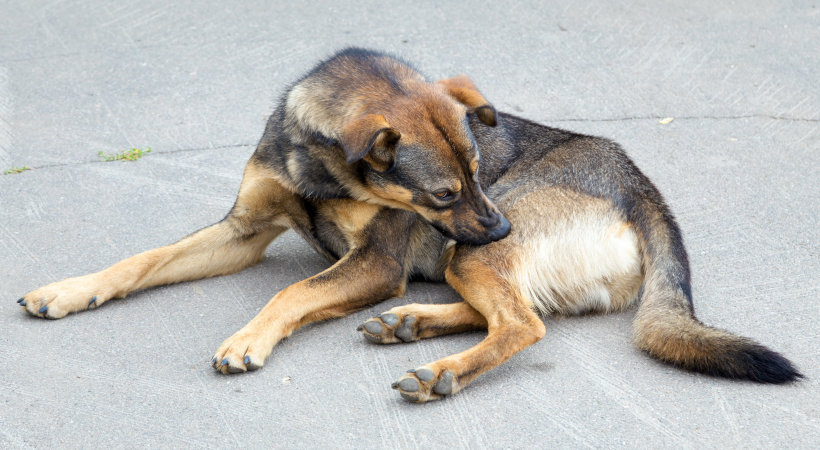


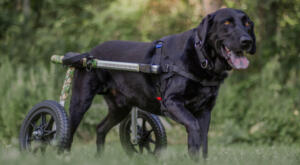
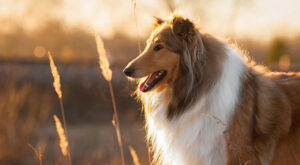
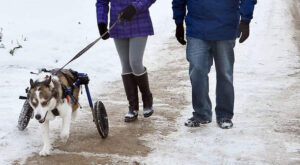
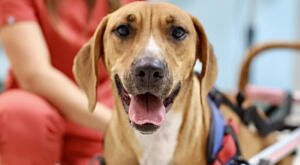

My Senior bdog developed a abysess on his hind leg before he passed was it cancer?
I like that you mentioned how skin diseases are one of the most common illnesses dogs go through in their lifespan. I noticed that the skin of our dog doesn’t look good and I am worried that he might have a problem. I’ll try to bring him to an animal hospital next Wednesday and have him checked.